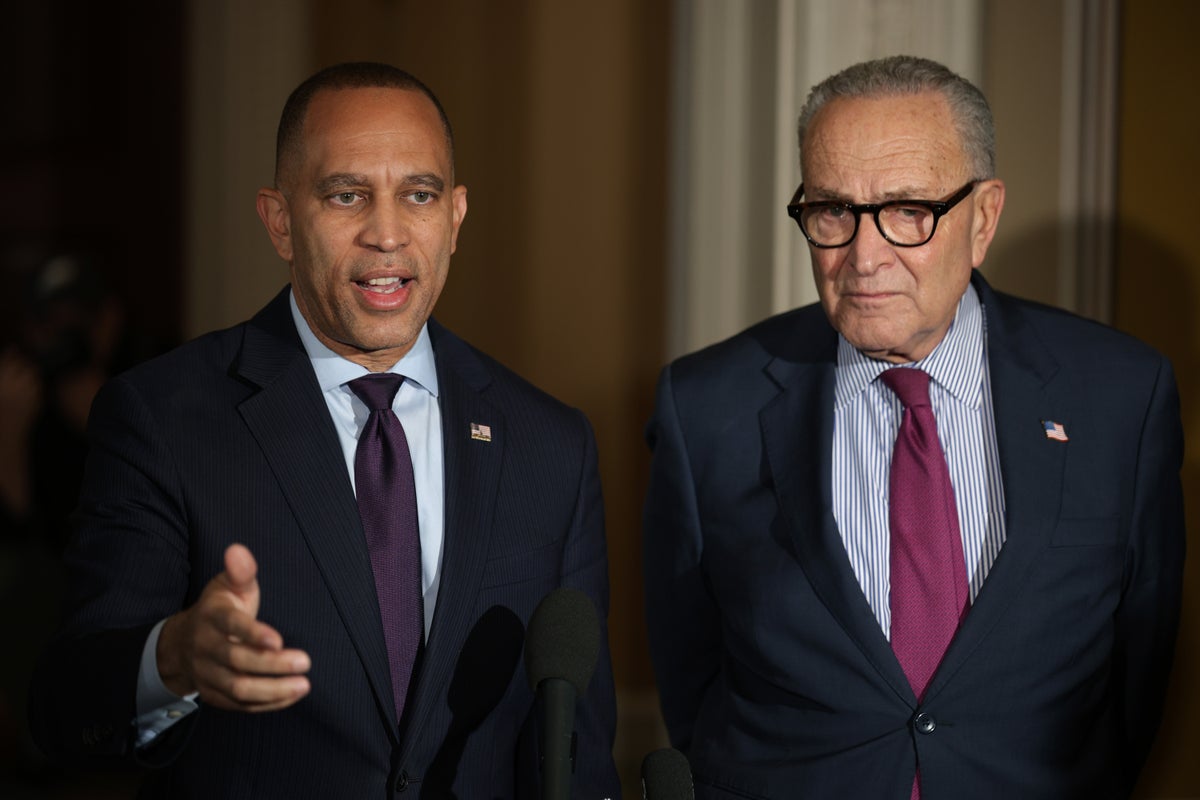In a significant shift for the television landscape, pay TV penetration in American households has fallen below 50% for the first time, marking a pivotal moment in the decline of traditional cable. According to analysis by Madison and Wall, shared via The Desk, the figure dropped to 50.2% in the third quarter of 2025. It is projected to fall to or below 50% by the end of the year. This trend highlights a decade-long movement towards cord-cutting, with consumers increasingly opting for more affordable, flexible streaming services.
The decline in traditional cable television has been stark. Business Insider reports that cable executives previously dismissed cord-cutting as insignificant, but current data tells a different story. Analyst Brian Wieser commented, “The business has been eroding for a decade, and it just crossed a symbolic milestone.” Rising costs have driven viewers away, with average cable bills now exceeding $100 monthly, prompting many to turn to alternatives like Netflix and YouTube TV.
Streaming Dominates Viewership
The dominance of streaming services is evident in viewership metrics. Nielsen’s The Gauge report indicates that cable TV accounted for just 22.5% of U.S. television viewing in August 2025, a historic low. This decline continues a trend where both broadcast and cable networks lose audience share to on-demand platforms. Research by Forbes highlights that the year 2024 saw an acceleration in cord-cutting, exacerbating the financial strain on traditional providers.
Demographic shifts further compound the issue. Posts on X, formerly Twitter, reveal that approximately 50% of individuals aged 18 to 24 and 46% of those aged 25 to 34 do not engage with traditional television. This generational change is reshaping the industry, with younger audiences increasingly favoring ad-supported streaming options over linear programming. Data from Evoca.tv shows that while global subscriber numbers are declining, the U.S. market is particularly affected, with pay TV households expected to drop from a peak of 105 million in 2010 to around 70 million by the end of 2024.
Financial Consequences for Media Giants
The economic repercussions are significant. Major companies like Disney and Warner Bros. Discovery are writing off billions in linear assets. Ratings for cable news channels have also plummeted, with Cord Cutters News reporting that channels such as Fox News, MSNBC, and CNN experienced declines of up to 42% in viewership during Q3 2025, according to Nielsen data cited by Adweek. This viewer exodus poses a significant threat to advertising revenues, which have traditionally supported the cable model.
Industry experts point to bundling problems as a contributing factor. Wieser noted that while pay TV subscriptions were stable during the early internet boom, they can no longer maintain their position. Projections from Startup News suggest the sub-50% threshold may be crossed by December 2025. Although the rise of virtual multi-channel video programming distributors (MVPDs) like YouTube TV provides some relief, these services are also experiencing churn as consumers seek to avoid high costs by mixing and matching subscriptions.
Looking back, cable’s peak occurred around 2010, when penetration rates were near universal. Statistics from Techjury indicate a steady decline, accelerated by the pandemic’s boost to streaming services. Recent data shows that primetime broadcast ratings have dropped 20% year-over-year in Q3 2025, with cable viewing down 28%. This decline is indicative of broader media consolidation, and discussions on X warn of a potential “Cable TV 2.0,” where conglomerates may drive prices back up.
Regulatory efforts are underway, with U.S. broadcasters hoping for deregulation to mitigate revenue losses. Yet, as highlighted in an industry analysis by ID Times, uncertainty looms over Hollywood in 2025, with cord-cutting firmly established as a dominant trend. Predictions suggest further centralization, which may lead to the disappearance of smaller stations as syndicated content dwindles.
Adaptation strategies are varied. For instance, Comcast recently launched a new linear sports channel, a move that seems counterintuitive given the ongoing exodus from traditional cable. Meanwhile, streaming giants are experimenting with live events to retain audiences, particularly in sports programming. Despite a slight uptick in cable’s share from July, Cord Cutters News illustrates the uneven battle against digital alternatives.
Looking ahead, projections remain bleak for cable television. Techjury anticipates additional subscriber losses through 2025, propelled by economic pressures and content fragmentation. Observers note that just fifteen years ago, nearly 90% of households subscribed to pay TV; by year’s end, that figure could be cut in half. There are rising concerns about where revenue will go following this decline, with opportunities for companies like Roku potentially on the horizon.
The overall implications for media ecosystems are profound. A 54% drop in broadcast commercial ratings, including sports, puts pressure on networks to innovate, possibly leading to hybrid models that blend linear and on-demand content. Analysts at Madison and Wall predict ongoing contraction, with pay TV potentially stabilizing at lower levels if bundles evolve.
In summary, the data reveals a significant transformation in the television industry. As noted by Slashdot, only half of American homes retain cable, a statistic that surprises and alarms industry veterans. The cord-cutting movement, once dismissed as a minor trend, now plays a central role in shaping the future of entertainment.







